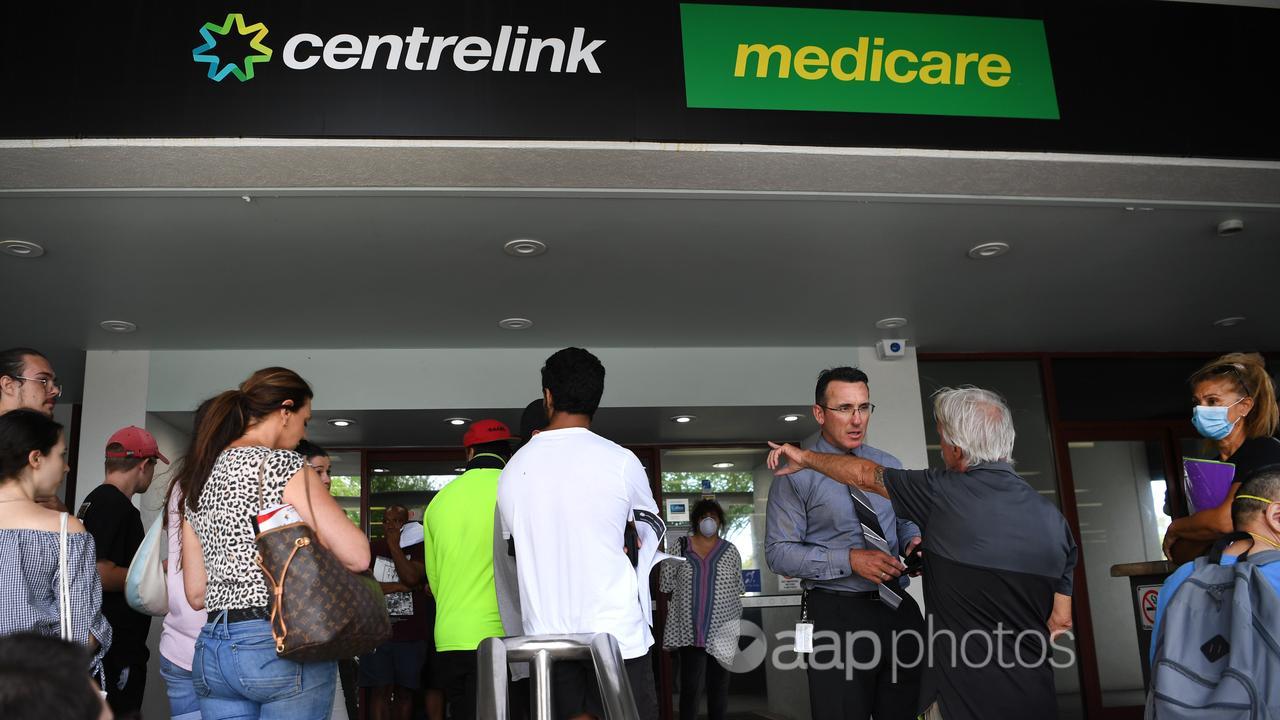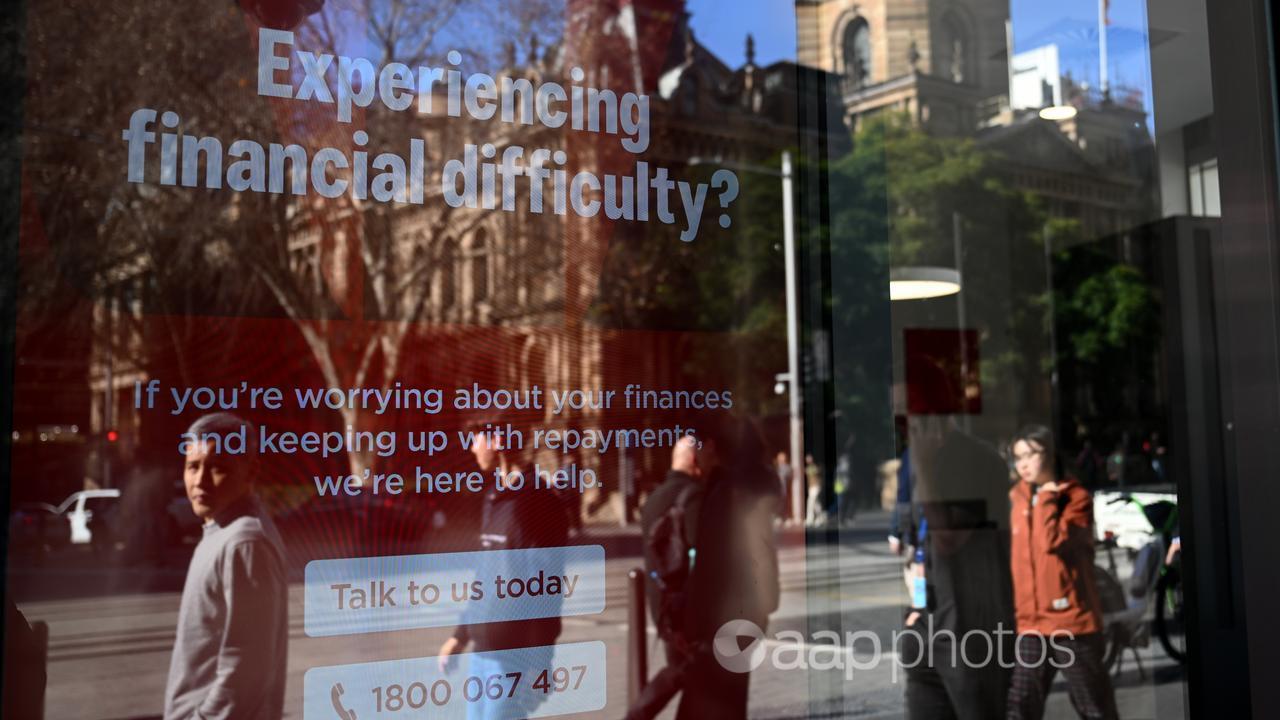A welcome boost to support for low-income Australians is still not enough to make renting affordable in every corner of the country.
Payments such as the aged pension, JobSeeker and the disability pension all increased in line with indexation on Friday, while commonwealth rent assistance payments were given a 10 per cent top up.
But a report released by housing advocacy group Everybody’s Home on Monday showed people relying on Centrelink or on the minimum wage would still be in severe rental stress across all capital cities and most regions.
“There’s virtually nowhere in Australia for people on low incomes to afford a rental without falling into crippling housing stress,” said spokesperson Maiy Azize.

As a result of the changes, JobSeeker payments will increase to $56 per day, while those able to work less than 15 hours per week will also move to the highest rate of the payment and get an extra $71.20 a fortnight.
The increases fell short of what people needed, with households still struggling under high rents and the rising cost-of-living, Ms Azize said.
“We need the federal government to raise Centrelink payments so they don’t fall below the poverty line and set these payments so they don’t fall behind the real cost of living and housing,” she said.
Single JobSeeker recipients would have to spend all their income or more on unit rents in most capital cities and 10 regional areas, while age or disability support pensioners in a capital city would be left with $8 a day after paying rent, the report found.
Ms Azize called for a huge boost to social housing to increase affordability.

A current shortfall of 640,000 homes is set to turn into close to one million within two decades, she said.
But Peter Tulip, chief economist at the Centre for Independent Studies, said increasing commonwealth rent assistance was a more efficient way of helping Australians struggling to pay for rent.
“Commonwealth rental assistance lifts millions of households out of rental stress,” he said.
“There are a whole lot of reports showing commonwealth rental assistance is a more cost-effective way of helping low-income renters.”
The “main game” in making housing more affordable is increasing supply and meeting the national target of building 1.2 million new homes by 2029, he said.




















